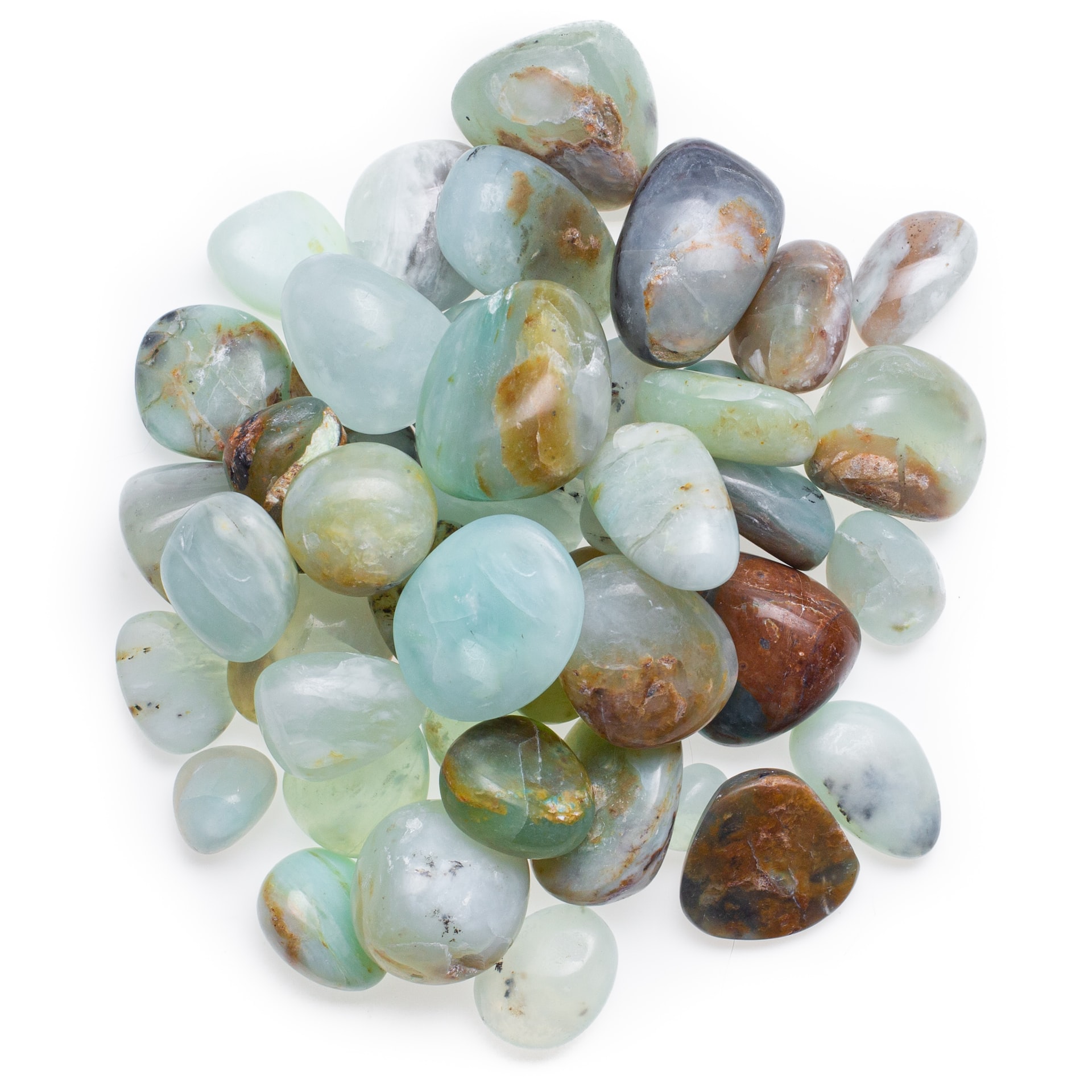Want to know more about opals but don't know where to start? No one feels the way you do. Buying advice for Australian opal is a hot topic on the int
Want to know more about opals but don’t know where to start? No one feels the way you do. Buying advice for Australian opal is a hot topic on the internet. This comprehensive guide will cover all you need to know to choose the perfect opal for you. It’s clear that you have many
questions, so let’s get right to address them. Where to begin?
Find Out More About Opals
Learning as much as possible about the item you want to purchase is your first order of business. It would be best to learn about the many kinds of opals and the value of Australian opals before making any significant purchases. What’s more, that’s not all. Opals are adaptable gemstones that may be used in a variety of settings. Opals may take on a wide variety of shapes and colours, in contrast to the uniformity and distinctiveness of diamonds.
Further, every opal has its unique characteristics. Indeed, there is a wealth of information to be gained regarding opals. This article will review the most important factors when purchasing Australian opals.
The Lowest Possible Frequency
Examining the opal’s base tone is crucial in determining its worth. When describing the colour of an opal, “base tone” refers to the stone’s most fundamental hue. It might be as black as opal or as white as milk. The base tone of a stone may be determined by peering through the top of the stone and can range from N1 (Black Opal) to N9 (deepest).
Colour-Based Play
Now, to come to opal’s most famous trait. If you’re looking for an Australian opal, be sure the colour refraction is consistent throughout the stone. Most importantly, the play of colour can tell you if an opal is real or fake. Pristine opals will display a dynamic range of colours from every angle. In contrast, opals with vibrant colour play when illuminated from above or to the side form stunning pendants.
Insights or Defects
Since opals are extracted from the ground, they always have specific faults and imperfections. Others include additions that bring the price down but are otherwise not noticeable. Because flaws indicate that the opal is natural and not artificial, they are viewed favourably. As you buy for opals, keep an eye out for these imperfections:
- When the surface of opal is white or milky, it is known as clay, silk, or sand, depending on how smooth it is. This is the remnant clay from the opal’s formation process, which appears as specks inside the gem.
- An opal with visible rock or clay is considered a matrix worth less than a doublet.
- Remember that defects or faults are OK, but avoid calling them “cracks” or “breaks.” On the other hand, if an opal has a flaw, don’t purchase it. Hold the opal up to a light to check for cracks that detract from the gemstone’s value and tell them apart from faults.
Identify the Various Opal Varieties
To purchase Australian opal, you must educate yourself on the wide opal varieties available. Black opals, white opals, boulder opals, and crystal opals are only some of the most popular opals, although they may be found in various colours and shapes all around Australia. It all boils down to personal taste and the kind of presentation you want. A summary of the many types is as follows:
- Black opals, the finest of the opal variety, have a black base colour.
- Boulder opals, originating in Queensland, Australia, are highly prized for their dark base tone and flaming play of colour, ranking only behind black opals in value and prestige.
- Unlike black and boulder opal, white opal has a milky, muted hue.
- All opals that are see-through or opalescent fall under the category of “crystal opal.” Crystal opals may reach exorbitant prices if they exhibit a particularly vivid play of colour.
Author Bio: Radhe

COMMENTS